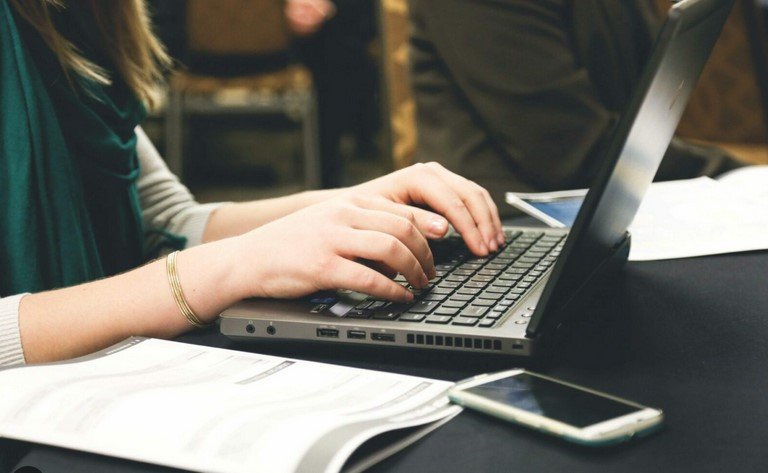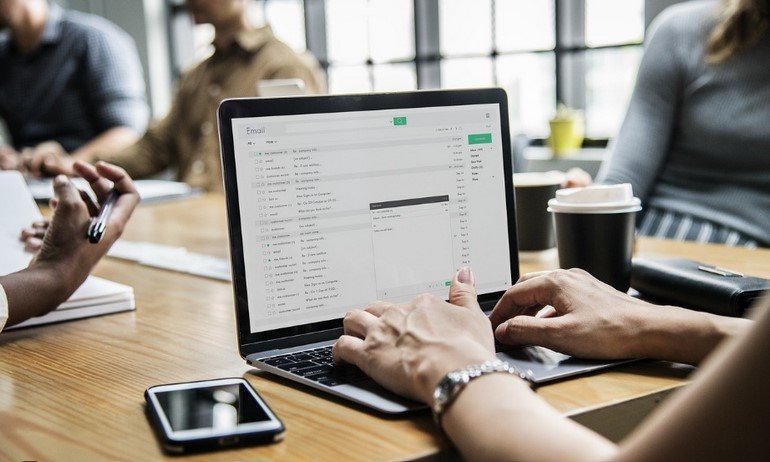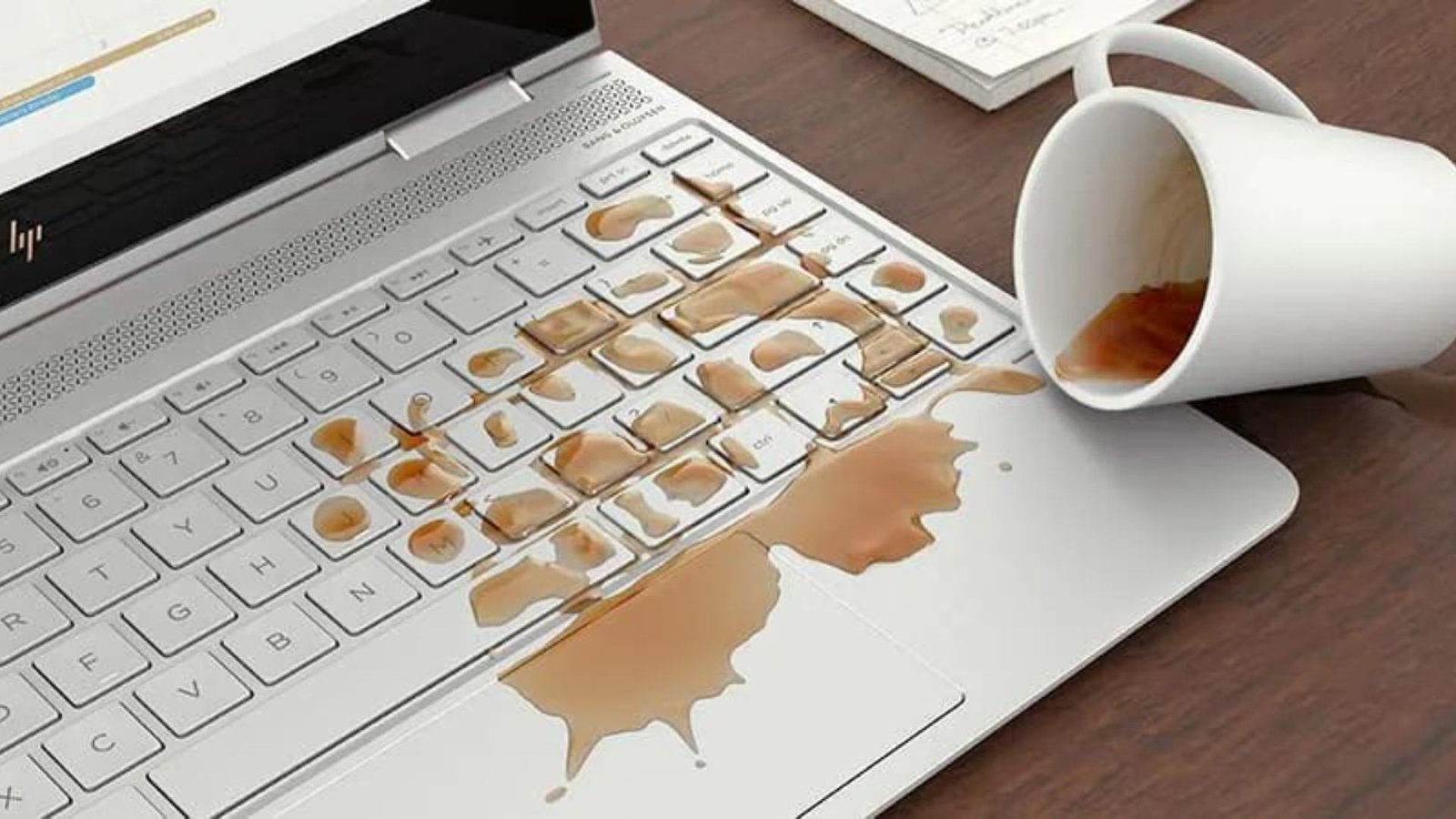How to maintain your personal computer is crucial for ensuring its longevity and optimal performance. Regular maintenance helps prevent common issues, enhances efficiency, and extends the lifespan of your device. This blog post will guide you through essential maintenance tasks, including cleaning, updating software, and managing hardware.

Regular Cleaning and Dusting
How to maintain your personal computer starts with regular cleaning and dusting. Dust accumulation can lead to overheating and reduced performance. Begin by turning off and unplugging your computer to ensure safety. Use a can of compressed air to blow out dust from vents, fans, and internal components. Avoid using a vacuum cleaner, as it can generate static electricity that may damage your hardware.
Additionally, clean the keyboard, mouse, and monitor regularly. Wipe down these surfaces with a damp cloth and a mild cleaning solution. For screens, use a screen-safe cleaner and a microfiber cloth to avoid scratches. Keeping these areas clean not only improves aesthetics but also enhances usability.
Software Updates and Security
How to maintain your personal computer also involves keeping your software up-to-date and secure. Regular updates for your operating system and applications ensure that you benefit from the latest features, improvements, and security patches. Enable automatic updates where possible to streamline this process and avoid missing critical updates.
Install and regularly update antivirus software to protect your computer from malware and other security threats. Perform routine scans to detect and remove any potential threats. Additionally, back up your data frequently to an external drive or cloud storage. This precaution ensures that you don’t lose important files in case of hardware failure or accidental deletion.
Managing Storage and Performance
How to maintain your personal computer includes managing storage and optimizing performance. Over time, unnecessary files and programs can accumulate, slowing down your system. Regularly review and delete unused files, applications, and temporary files to free up storage space. Utilize disk cleanup tools to automate this process and remove unnecessary data.
Defragment your hard drive if you’re using a traditional HDD (hard disk drive). Defragmentation rearranges fragmented data, improving access speed. For SSDs (solid-state drives), defragmentation is not necessary, but regular optimization can help maintain performance.
Hardware Maintenance and Upgrades
How to maintain your personal computer involves periodic hardware maintenance and upgrades. Check hardware components such as the hard drive, memory, and power supply for signs of wear or malfunction. Replace any faulty components promptly to prevent further damage and ensure smooth operation.
Consider upgrading hardware components to enhance performance. Increasing RAM, upgrading to an SSD, or adding a dedicated graphics card can significantly boost your computer’s capabilities. Research compatibility and consult a professional if needed to ensure successful upgrades.
Conclusion
In conclusion, how to maintain your personal computer involves a combination of cleaning, software management, storage optimization, and hardware upkeep. By regularly cleaning your device, keeping software updated, managing storage, and performing hardware checks, you can ensure that your computer remains in excellent condition and performs efficiently. Implementing these maintenance practices will not only extend the lifespan of your personal computer but also enhance your overall user experience.











